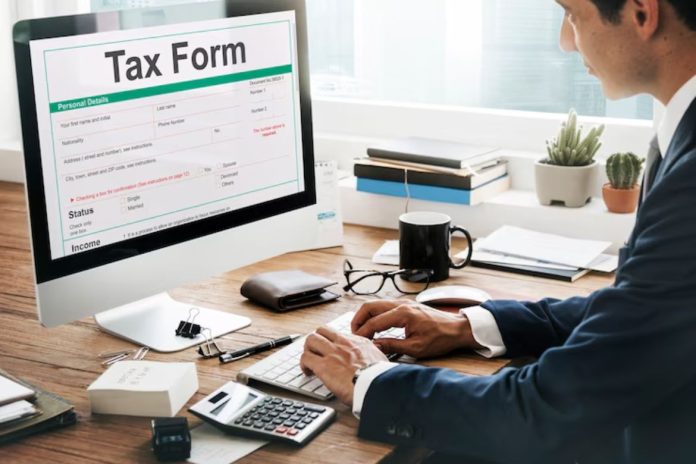Filing your corporation tax return doesn’t have to be overwhelming. If you’re running a small business, it’s easy to feel buried under paperwork. But staying on top of your company accounts and tax obligations is crucial to avoid fines and stay in HMRC’s good books.
This article will explain all you need to know, step by step.
Understanding Corporation Tax
What really is corporation tax? It’s a tax on your company’s profits, and if you’re running a limited company in the UK, you’ll need to file corporation tax returns every year. The current rate is 25% (for profits above £250,000), but smaller businesses benefit from a 19% rate if profits are £50,000 or less.
Key Deadlines to Remember
- Accounting period end date + 9 months and 1 day– Pay your corporation tax bill.
- Accounting period end date + 12 months– File your corporation tax return (CT600).
Missing those deadlines could mean facing fines.
Step-by-Step: How to File Corporation Tax
1. Register for Corporation Tax
If you’ve just set up your business, you’ll need to register for corporation tax within three months of starting trading. You can do this online via HMRC’s website. Once registered, you’ll get a Unique Taxpayer Reference (UTR) number. Keep this safe as you’ll need it to file corporation tax later.
2. Prepare Your Annual Accounts
Before you can file company accounts, you’ll need to prepare them. These should contain:
- A profit and loss statement (showing revenue, costs and profit).
- A balance sheet (assets, liabilities and equity).
- Notes about accounting policies (if applicable).
Small businesses can submit abridged accounts, which are simpler. If you’re unsure, an accountant can help.
3. File Company Accounts with Companies House
Your annual accounts must also be sent to Companies House, separate from your tax return. The deadline is usually 9 months after your accounting period ends. Filing late can invite penalties starting at £150. Don’t leave it to the last minute.
4. Calculate Your Corporation Tax Bill
Now the fun part is working out how much you owe. You’ll need to:
- Deduct allowable expenses (like salaries, office costs and equipment).
- Apply any reliefs (such as R&D tax credits if you qualify).
- Calculate your taxable profit and apply the correct tax rate.
If you’re not confident doing this yourself, accounting software (like Xero or QuickBooks) or an accountant can take the hassle out of it.
5. File Your Corporation Tax Return (CT600)
Once your accounts are ready, you’ll need to file corporation tax using HMRC’s online service. You’ll submit a CT600 form, which summarises your profits and tax due.
A useful tip could be: HMRC’s free Corporation Tax Online service is user-friendly, but if your finances are complex, consider using commercial software or an accountant.
6. Pay What You Owe
After filing, you’ll need to pay your corporation tax bill by the deadline (usually 9 months and 1 day after your accounting period ends). Payment methods are:
- Online banking
- Direct Debit
- CHAPS (for same-day payments)
Late payments incur interest. Set a reminder to avoid unnecessary costs.
Common Mistakes to Avoid
- Missing deadlines– Penalties add up quickly.
- Incorrect expense claims– Only allowable business expenses count.
- Not keeping records – HMRC can ask for proof up to six years later.
Conclusion
Filing corporation tax doesn’t have to be a headache. By staying organised, keeping good records and knowing deadlines, you can file company accounts and file corporation tax smoothly. And if in doubt, a good accountant is worth their weight in gold.









